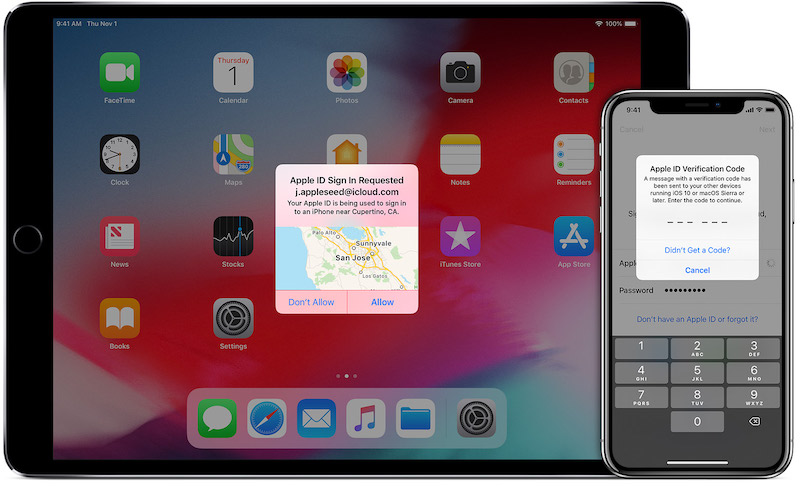
Today, we’re closer to reaching that audacious goal that the FIDO ecosystem has been working on for the past several years.
Apple authenticator android#
Google Chrome users on Android and Apple phones can import their passwords directly. If Microsoft doesn’t currently support your existing password manager, you can manually enter sign-in credentials into our template CSV. The FIDO Alliance was founded on a singular mission: To eliminate dependence on passwords by creating and driving adoption of open standards for simpler, stronger user authentication. Microsoft Authenticator supports importing passwords from Google Chrome, Firefox, LastPass, Bitwarden, and Roboform.

This rapid maturation and support for WebAuthn is accelerating adoption with over 85 percent of today’s browsers now supporting FIDO Authentication, many service providers are now actively working to deploy FIDO to their customers worldwide. It’s been really cool to watch this diagram grow both wider (adding in the Apple operating systems) and greener over the past 12 months or so since Apple ramped up its FIDO support.
Apple authenticator install#
This image (shown below) is permanently hosted on our WebAuthn resources page. After you install the Authenticator app, follow the steps below to add your account: Open the Authenticator app. To that end, we’ve recently provided a resource that shows the latest progress for FIDO support across browsers and platforms. Apple’s built-in support in its stock web browser means that every modern device platform now has built-in FIDO support, which furthers our aim of making FIDO Authentication as ubiquitous as other critical internet protocols. The functionality, based on the WebAuthn API in the FIDO2 standard, will make logging in to a website as easy as it is to unlock your iPhone or iPad using whichever biometric option is available. Sign in the user and obtain an ID token using Apples Authentication. Haptic press on it (i.e., press and hold). Apple assigns users who select this option an obfuscated email address with the. Two-factor authentication is an extra layer of security for your Apple ID designed to ensure that you’re the only one who can access your accounteven if someone knows your password.
Apple authenticator verification#
Apple ’s iOS 15 will add a built-in authenticator to iPhone, removing the need to download Google Authenticator or any other code-generating verification app for that matter. It marks a giant step forward in the industry’s quest to move beyond passwords in favor of cryptographically secure authentication based on FIDO standards. Turn on ’2-Step Verification’ and click on ’Authenticator App’ on the same page. Use two-factor authentication for security on your Mac, iOS devices, and iPadOS devices. Apple is removing the need for iPhone users to download a verification app, although the built-in authenticator might not work for everyone. After you scan your QR codes, you get a confirmation that your Google Authenticator.

If you transfer multiple accounts, your old phone may create more than one QR code. Select the accounts you want to transfer to your new phone, then tap Export. It is easy to disable this feature, in case you do not like it. In the Authenticator app, tap More Export accounts Continue. Andrew Shikiar, Executive Director & CMO, FIDO AllianceĪt its WWDC, Apple detailed that its upcoming release of Safari in iOS and MacOS 14 will enable users to use Touch ID and Face ID for web logins, and we couldn’t be happier. Consider Enabling Two-Factor Authentication for Apple ID to protect your personal data.


 0 kommentar(er)
0 kommentar(er)
